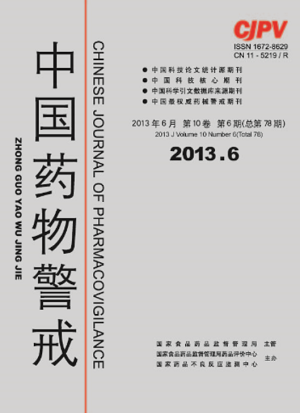|
|
A Study o f Drug Safety Monitoring Awareness Assessment Index System for Drug-producing Enterprises Staff Based on Delphi Method
GAO Jing ,TIAN Ke-ren ,YU Chao, ZHOU Juan, XU Jin ,WAN Kai-hua, LI Sui
2013, 10(6):
344-347.
Objective To establish an unified, standardized, and feasible drug safety monitoring awareness assessment index system for drug-producing enterprises staff. Methods On the basis of literature search, government documents review and expert interviews, we constructed the framework of drug safety monitoring awareness assessment for drug -producing enterprises. Then,a modified Delphi method was used to analyze, screen and determine indicators in the framework. Results The authoritative coefficient, determination coefficient and familiarity coefficient was 0.81, 0.75 and 0.86, respectively.于The indicator system consisted of 5 first-dimensions, 18 second-dimensions and 19 third -dimensions.The Kendall coordination coefficients of experts for two times consulting were 0.383 and 0.467, respectively, which had statisticcal significance. Conclusion The drug safety monitoring awareness assessment index system for drug-producing enterprises has higher scientificity and reliability, which can provide the scientific evidences for an assessment of the situation about drug safety monitoring among drug-producing enterprises.
References |
Related Articles |
Metrics
|
